To achieve a future of frictionless retail, retailers must first be able to understand when and how to leverage centralized cloud infrastructure and when to defer to decentralized edge networks in the store. While the adoption of the cloud has led to unprecedented enterprise agility and intelligence, there are many retail services – old and emerging – that are better suited to operate at the edge.
Currently, edge computing is often used as a safety net as it provides offline functionality of key applications, such as processing transactions. After all, if a retailer unexpectedly loses a network connection to the cloud and their entire value proposition – the ability to trade goods for money – evaporates.
But edge also enters the equation as we start to consider how emerging concepts like Amazon Go-style checkout work. Cameras in these stores produce massive amounts of data per second that must be processed just to determine if someone is purchasing a product. This massive bandwidth requirement demands that it should be managed by an edge server in the store.
Given that frictionless will define the next generation of the customer experience, retailers need to strike the right balance between edge and cloud computing quickly. Let’s explore what that balance consists of:
In-store services via cloud
The cloud has made it much easier for retailers to offer new services and conveniences in their stores that previously were impossible. Regarding personalization, the ability to centralize customer data from across channels and devices, and process the information quickly, allows retailers to reach individual shoppers with targeted messages. The only other requirement a retailer must consider at the store level is providing free guest WiFi. This guarantees mobile connectivity in order to route personalized offers directly to shoppers’ phones.
Frictionless checkout at the edge
But not all frictionless processes are best suited for the cloud. When it comes to checkout, edge computing can help retailers make improvements, as they’re able to process and take action on data closer to where it's actually generated — near the customer, and on a local, individual store or device level. At the edge, employees can process payments anywhere in the store on their handheld devices, eliminating the need for shoppers to wait in a line.
And as retail environments continue to offer fewer manual checks, they will rely on automation and a host of distributed applications to perform key functions such as managing accurate real-time pricing and inventory control.
Big data analysis
As frictionless concepts continue to evolve, stores need to act as data centers to provide insights. However, this is where bandwidth becomes an issue. Edge devices are good for collecting local data, but cloud computing should be used for large-scale analysis. Cloud computing allows for massive amounts of data storage, in which retailers can generate insights, trends and solutions to better run their business.
What’s more, having a centralized repository for all stores where assets and data can be aggregated in one place ensures users can access it. It also means they’ll have access to any tools they need to act on them – from anywhere, at any time.
Finding the right balance of infrastructure
As shoppers increasingly expect frictionless retail – whether that’s eliminating waiting in line or having the same level of personalization applied in-store as when they shop on a mobile device or desktop – retailers must have the flexible and scalable technology to provide it.
It’s a difficult balancing act, but fortunately, you can utilize both cloud and edge computing to maximize potential. Reach out to learn more about how our solutions can help future-proof your retail practices.

